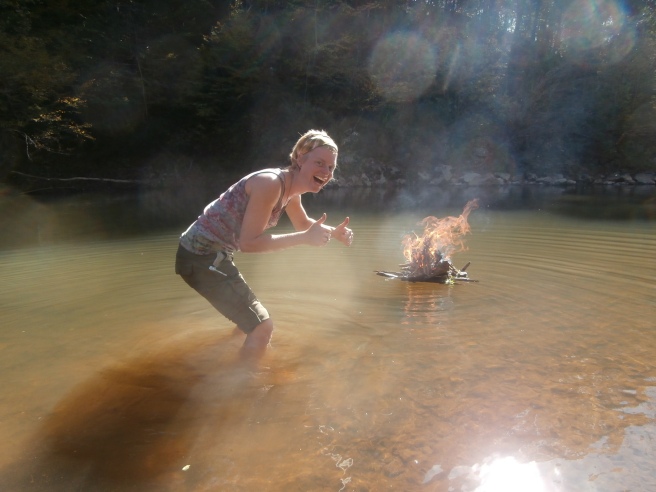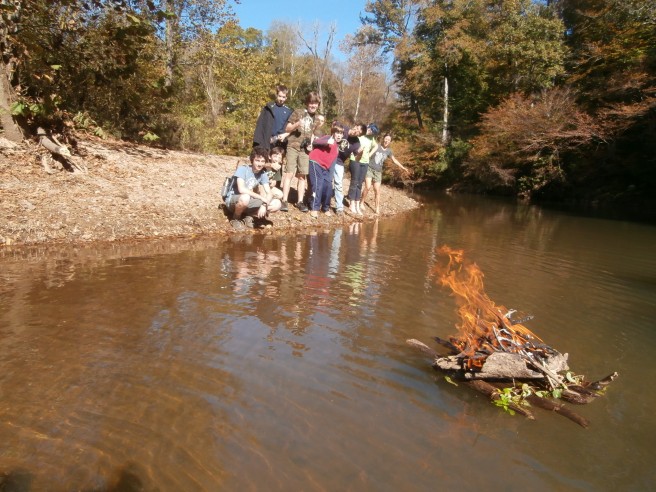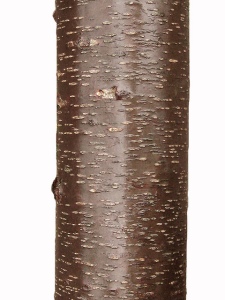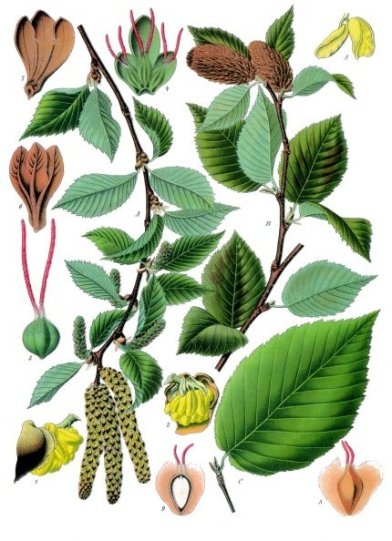In this moment of history, as controversy around gender swirls and spills from bathrooms in North Carolina to boardrooms and legislative chambers, there is an element of the conversation that I would like to address. This is the suggestion that a binary view of gender is somehow supported or even necessitated by a 'natural order.' As a student of both the natural world and identity politics, I struggle with this suggestion, though it lurks in the background of some of the circles I inhabit. This line of logic, drawn into the social sphere, says that norms regarding gender and sexual identity are in support of a species' desire to maintain population, reproduce, and carry on genetic information, all in support of survival of the species. Males mate with females to produce young. When launched into a social sphere with strict conceptions of masculinity and femininity, this suggestion quickly introduces people to a rigid set of instructions about what gender can look like: male and female. Aggressive Protector and Yielding Nurturer. You know the drill.
So, what does gender in the natural world really look like?
 |
| freaky. |
Apart from the interesting and fabulous cases we will look at here, let's attempt an overall look at female-ness and male-ness in general in the natural world. First comes the freaky-deaky world of plants, where many are self-fertile, containing both testes and ovum, and fertilize themselves, maybe with the help of bees, wind, wasps, bats, etc. (ooh la la!) Other plants have male and female individuals and require the right ratio and spacing. Plants are all over the place in terms of gender.
 |
| omg blushing. |
In the animal world it's crazy too. We tend to classify most animals as male or female, with males having traits like being smaller and daintier and showing flashier colors. Females tend to be bigger, more aggressive (when protecting young) and more choosy, sexually speaking. Male penguins parent in a way that might look like 'mothering' to us. Female black widows are fierce. It's not all pearls and ties, pink and blue, or whatever binary supporters think.
So let's get right into it with the spotted hyena. The female spotted hyena has a massive clitoris, often referred to as a pseudopenis, which has erections and through which she has sex, urinates, and gives birth. No big deal.
Clownfish in the genus Aphiprion are protandrious hermaphrodites, meaning they are able to switch up their gender as needed to sustain breeding pairs. This means that Nemo's dad would have started behaving like a female just a couple of hours after Nemo's mom died. This behavior triggers the hormones that cause the anatomical changes necessary for transition.
Wrasses (a type of fish) organize into a system where a harem of females correspond with one male. However, the dominant female can sub in, becoming male in the event that the male gets eaten. She changes her behavior, causing her hormones to change her gonads into male gonads, and her colors into the male morph. This all takes just a couple of weeks.
The African bat bug, who has a brutal mating strategy similar to bedbugs, has females with no sexual organs and males with sharp penises who stab females injecting sperm willy-nilly into her body and bloodstream, which can make her sick. So, over time, femalesdeveloped paragenitals, a funnel-like genital opening with tons of immune cells. Then, to confuse everyone, the males developed copycat versions of these paragenitals, mimicking the females. Then the females started to mimic the more successful male paragenital mimics. Wow!
And the Caribbean hamlet, who are simultaneous hermaphrodites (meaning each individual is male and female at the same time), has a mating ritual that uses a strategy called 'egg trading' (preventing self-fertilization which is bad for the gene pool). Luiz Rocha, fish biologist, explains:
'After meeting in the same familiar spot in the reef (let’s call it the “bedroom” rock), the pair of hamlets rises in the water column and a mesmerizing spawning event happens: the fish acting as a male embraces the one acting as a female while releasing sperm, and the fish behaving as a female releases eggs. The embrace lasts a few seconds and the pair goes back down to the reef. A few minutes later they rise again, but now the roles are reversed! This fantastic courtship and spawning behavior is easy to observe in shallow reefs of the Caribbean and happens every day during a very romantic time (just before sunset.)'
Are you still with me?
The pattern that comes to me through looking at all this is that nature doesn't love rigidity. It doesn't really seem to ever group anything into two strict categories: this over here, that over there, they never intertwingle. It seems like one species oozes into the next, sometimes gender and sex oozes into different forms, sometimes forests become fields become oceans become glaciers. What I see when I look at the natural world is groups of individuals: responding to stimuli, having experiences, adapting accordingly. They pee and poop wherever they want (I’m looking at you, North Carolina).
 |
| literally anywhere. |
So I reject the idea that nature has the binary’s back, because it wants more pregnancies, all the time. Perhaps, the great unconscious collective 'survival of the species' instinct is actually actively guiding us away from a rigid and binary view of gender, away from conformity and from the building of boxes into which we must stuff ourselves. Maybe the instinct is drawing us more toward the frontier of authenticity, realness, and vulnerability in our realms of the self, of love, and of expression.




























